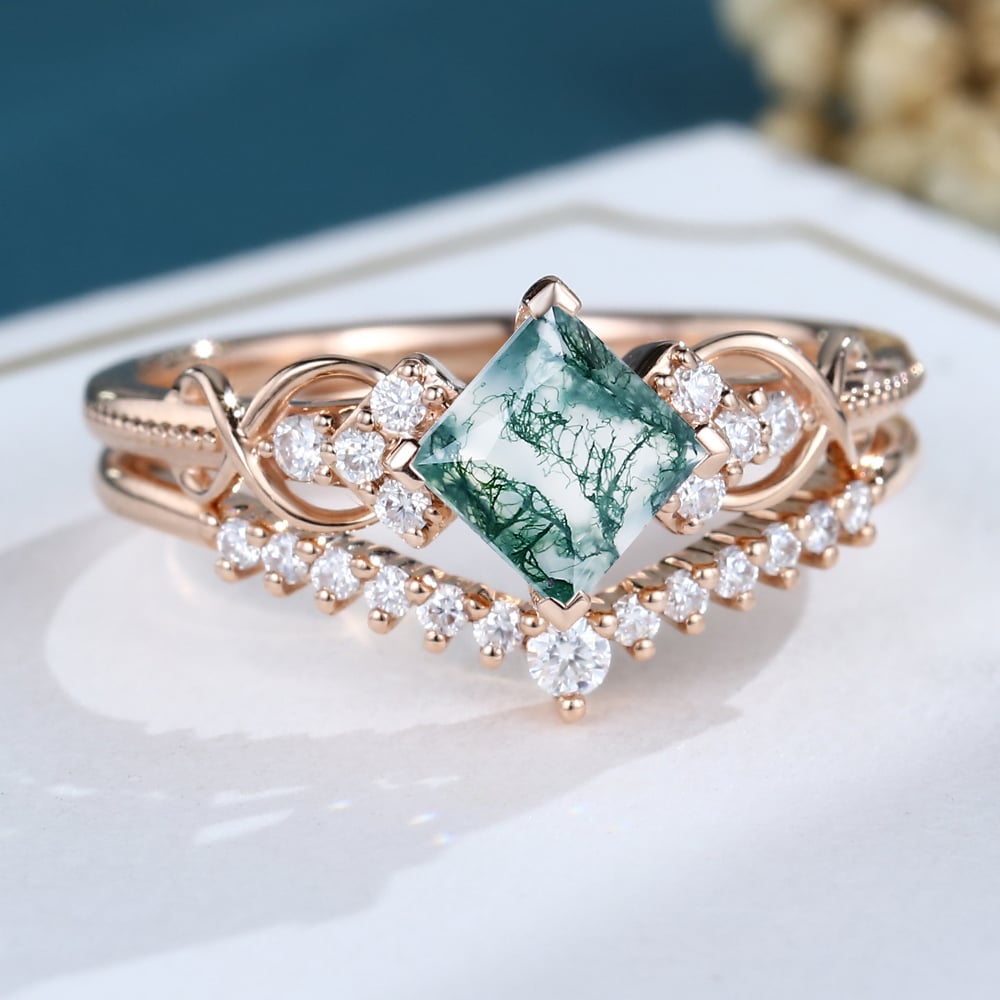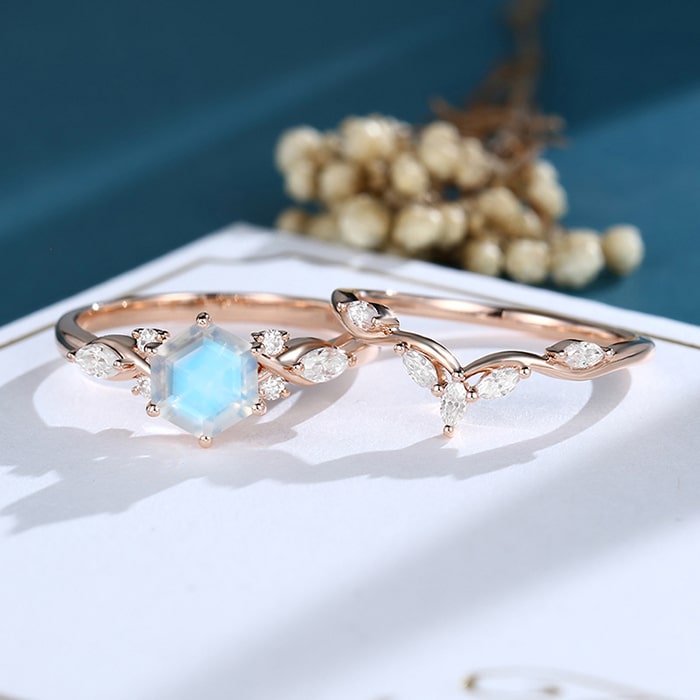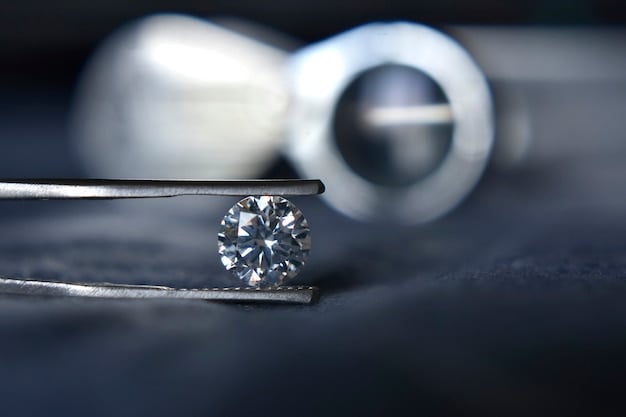How Lab Diamonds Are Made?
0 comments
SHOP BY STYLE ✧
SHOP BY SHAPE ✧
![]()
![]()
![]()
![]()
![]()
METAL COLOR ✧
WEDDING BANDS
SHOP BY STYLE ✧
![]()
![]()
![]()
SHOP BY STONE ✧
SHOP BY METAL ✧
JEWELRY FOR THE BIG DAY
NECKLACES ✧
EARRINGS ✧
BRACELETS ✧
Engagement ✧
SHOP BY SHAPE ✧
![]()
![]()
![]()
![]()
![]()
![]()
SHOP BY COLOR ✧
SHOP BY CATEGORY✧

SHOP BY CATEGORY✧
SHOP BY OCCASION✧
SHOP BY PRICE✧

Birthstone Jewelry

In the dazzling world of diamonds, a revolution is quietly taking place that challenges traditional notions of mining and scarcity. Lab-grown diamonds, also known as synthetic or cultured diamonds, are gaining popularity for their ethical, environmental, and scientific reasons. In this blog, we delve into the fascinating process of how lab diamonds are made, exploring the cutting-edge technology behind these gems and the impact they are having on the jewelry industry.
At the heart of lab diamond creation lies a tiny seed crystal. This seed, often a slice of a pre-existing diamond or a manufactured carbon seed, serves as the foundation for the entire growth process. In a controlled environment, scientists meticulously position this seed to initiate the growth of a new diamond.
One of the two main methods for growing diamonds is the High-Pressure High-Temperature (HPHT) process. Mimicking the intense conditions found deep within the Earth, scientists subject the seed crystal to high pressure and high temperature. Under these carefully controlled conditions, carbon atoms start to crystallize around the seed, gradually forming a diamond over weeks or months.
The second prominent method is Chemical Vapor Deposition (CVD). In this technique, a hydrocarbon gas is introduced into a vacuum chamber, where it is broken down into its elemental components. Carbon atoms are then deposited layer by layer onto the seed crystal, creating a diamond. This process tends to be more time-efficient compared to HPHT, often taking a matter of days.
Unlike their natural counterparts, lab diamonds offer scientists unprecedented control over the growth process. This precision allows for the creation of diamonds with specific characteristics, such as color, clarity, and carat weight. As a result, lab-grown diamonds can be tailored to meet the exact specifications of jewelry designers and customers.


One of the key advantages of lab diamonds is their ethical and environmental footprint. Traditional diamond mining has faced scrutiny for issues related to human rights abuses and environmental degradation. Lab-grown diamonds, on the other hand, are conflict-free and require significantly less land and energy, making them a more sustainable choice for the conscious consumer.
Lab diamonds are not just an ethical alternative; they are also celebrated for their exceptional quality. These gems often exhibit fewer inclusions than their natural counterparts, resulting in diamonds of higher clarity. Moreover, the controlled growth environment minimizes the presence of impurities, enhancing the overall purity of the diamond.

As awareness grows regarding the environmental and ethical impact of consumer choices, lab-grown diamonds are gaining traction. Consumers are increasingly valuing transparency and sustainability in their purchases, and lab diamonds offer a compelling solution that aligns with these values.
The rise of lab-grown diamonds is indicative of a shifting paradigm in the jewelry industry. As technology continues to advance, it’s likely that lab diamonds will become even more prevalent, challenging the dominance of mined diamonds. The future promises not only a wider acceptance of lab diamonds but also continued innovations in the manufacturing process, leading to even more diverse and stunning options for consumers.
The journey from seed crystal to sparkling gem is a testament to human ingenuity and our ability to harness technology for positive change. Lab diamonds are not just a contemporary trend; they represent a future where beauty, ethics, and environmental responsibility converge. As the jewelry industry evolves, lab-grown diamonds are poised to take center stage, redefining the allure of these timeless gems.
